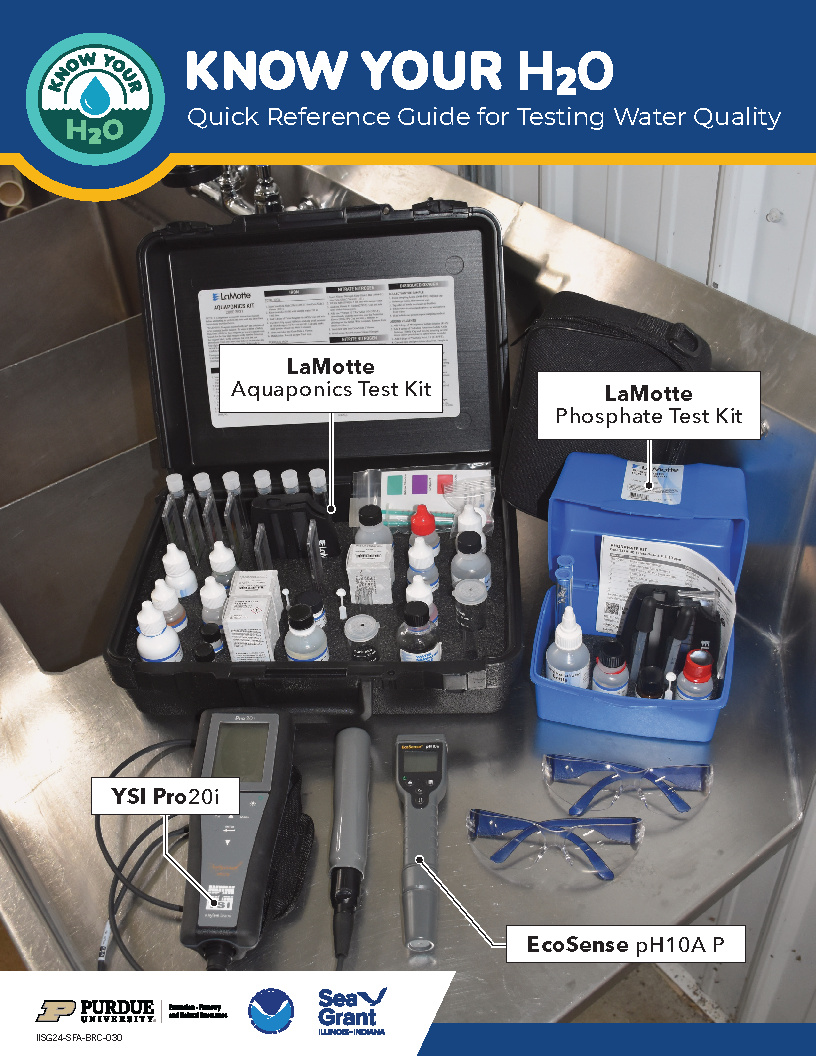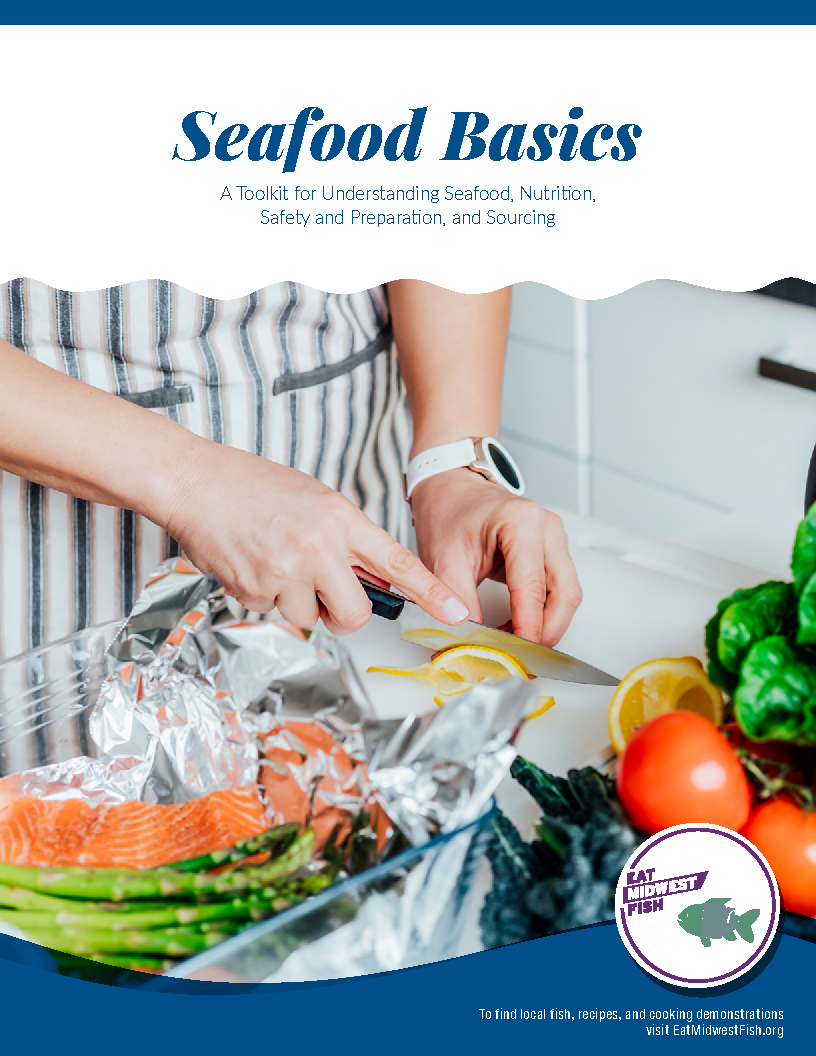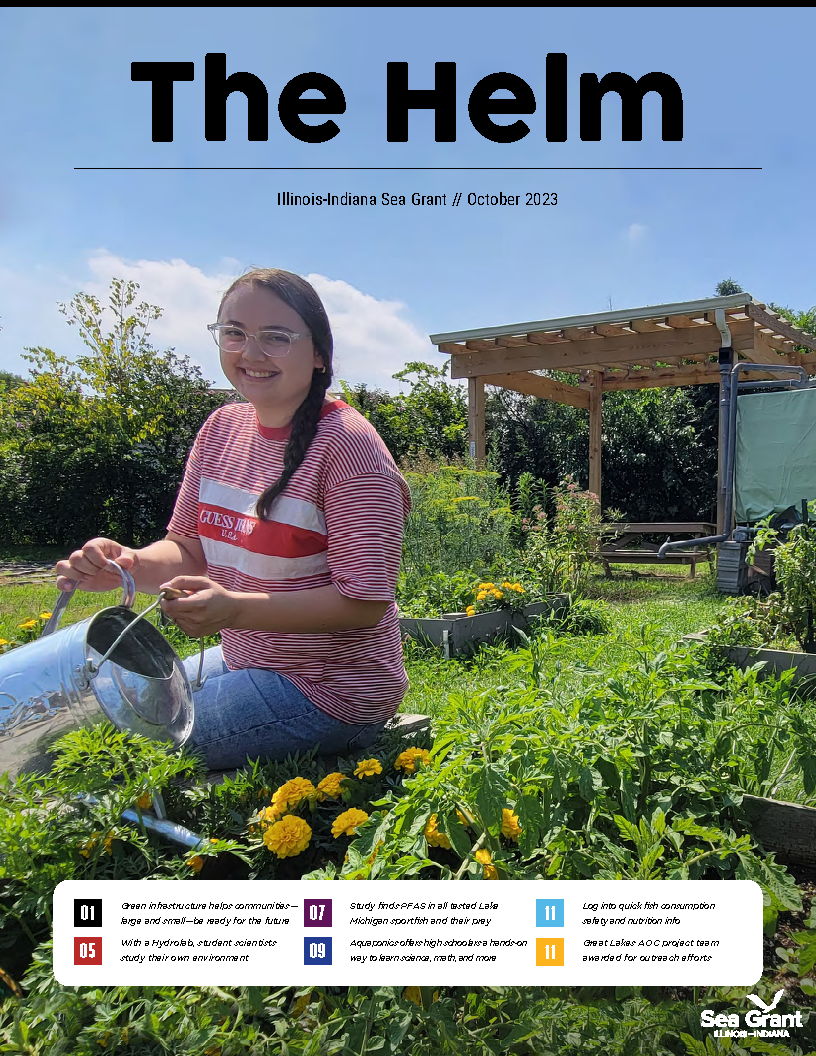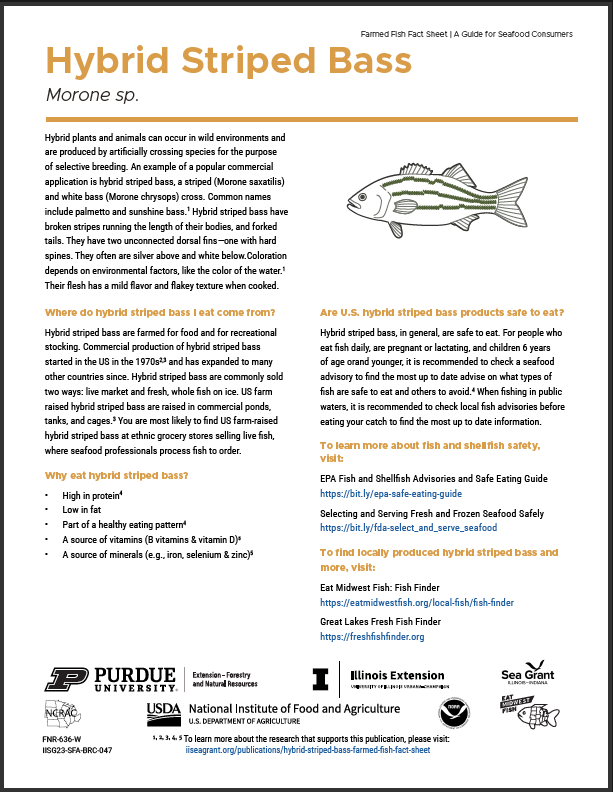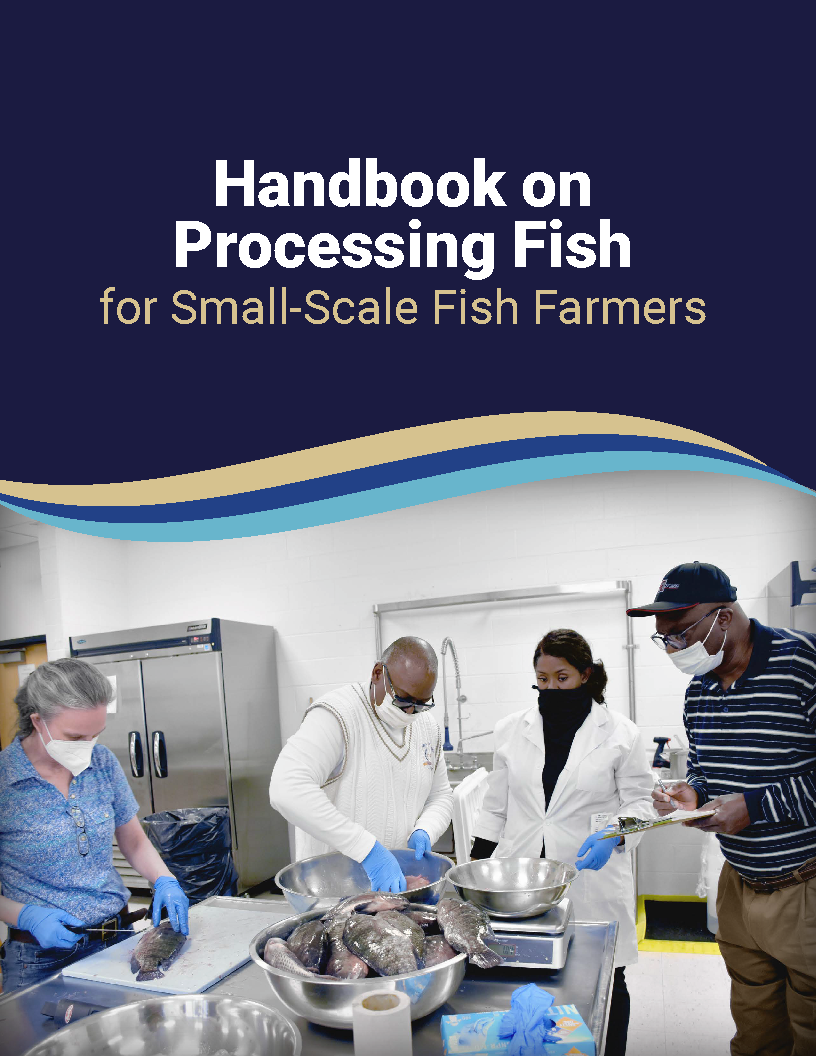
File Size:
Small- to medium-scale aquaculture businesses in the USDA North Central region face marketing challenges. In this publication, Purdue and Illinois researchers use a step-by-step approach to advise farmers how direct marketing can shorten the supply chain and help them find new customers willing to pay premium prices.
This publication is available for download from the Purdue University Extension Education Store at: https://edustore.purdue.edu/fnr-642-w.html



